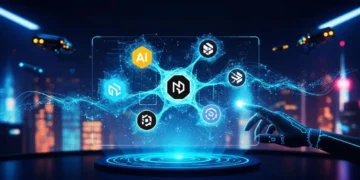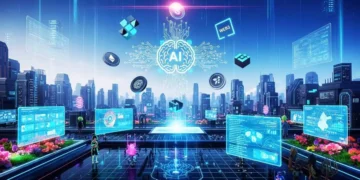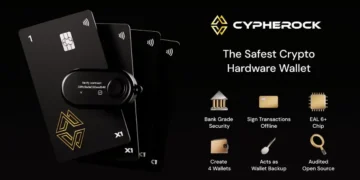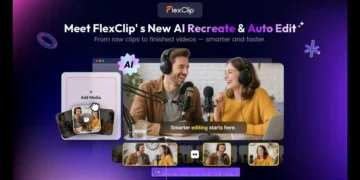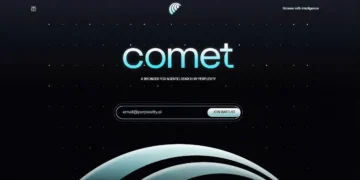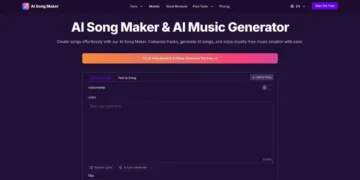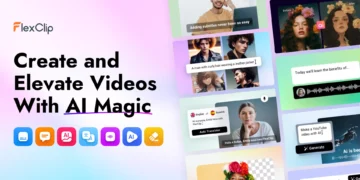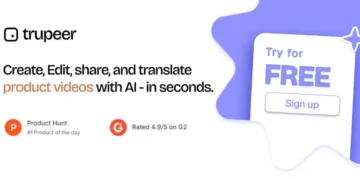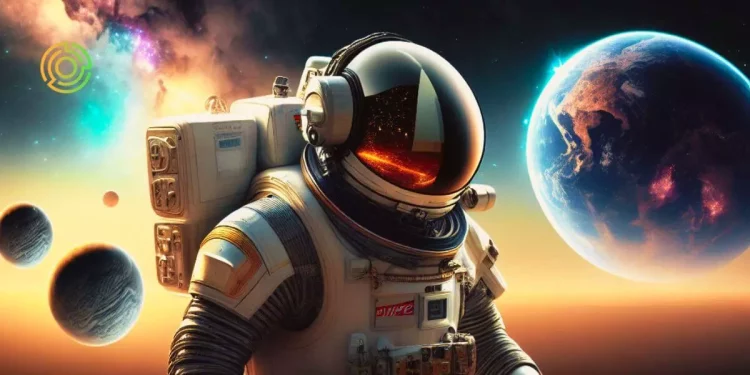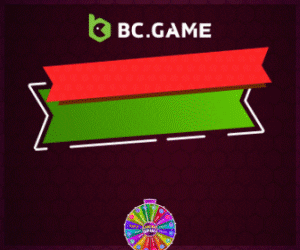The NASA is taking giant leaps towards science fiction by developing its own ChatGPT-style interface that would enable astronauts to communicate with their spacecraft and mission controllers to converse with AI-powered robots on distant planets and moons.
The space agency plans to implement an initial version of this artificial intelligence on the Lunar Gateway, an extraterrestrial space station that is part of the Artemis program. Dr. Larissa Suzuki, a visiting researcher at NASA, revealed exciting advancements in this field during a conference at the Institute of Electrical and Electronics Engineers (IEEE) in London.
The goal is to achieve smooth and natural communication with spacecraft, allowing them not only to send alerts but also to share interesting discoveries they make within the solar system and beyond. According to Suzuki, this revolutionary technology is no longer just confined to science fiction.
The new interface features a natural language system that will enable astronauts and mission control to interact with it without having to search for relevant information in cumbersome technical manuals.
It is expected that astronauts will be able to request advice on space experiments or how to perform complex maneuvers in a simple and efficient manner.
In addition to improved communication, this intelligent interface will be equipped with an artificial intelligence system capable of detecting and, in some cases, correcting errors and operational issues as they occur.
If there is a high probability of data transmission loss or failure from a spacecraft, the system will automatically alert mission operators.
This innovative technology also addresses the challenge of deploying machine learning in space environments where it is not feasible to run large amounts of data on supercomputers.
Suzuki is researching the use of federated learning, a technique that would allow a fleet of robotic rovers to share knowledge and continue learning without the need to send vast amounts of data back to Earth.
Dr. Larissa Suzuki, who is also a technical director at Google, has shared her personal story and passion for engineering. Despite facing bullying in school due to her autistic condition and different interests, her passion for creating solutions for the benefit of humanity drove her forward.
Suzuki hopes that the new “Engineers” gallery at the Science Museum in London, highlighting the contributions of engineers across a wide range of technologies, will inspire women to pursue technical careers and celebrate modern female engineers.
This exciting development by NASA in the field of space communication promises to revolutionize the way astronauts interact with spacecraft and how exploring robots transmit valuable information from distant planets and moons.
With this intelligent interface, the possibility of natural conversations in space becomes increasingly real. The future of space exploration is filled with infinite possibilities!
Conclusion
The NASA’s development of a ChatGPT-style interface marks a significant milestone in space communication. By enabling seamless and natural interaction between astronauts, spacecraft, and AI-powered robots, this technology opens up new avenues for exploration and scientific discovery.
The advancements in artificial intelligence and machine learning, combined with the passion and dedication of researchers like Dr. Larissa Suzuki, are propelling us towards a future where the boundaries of science fiction continue to be shattered. As we embrace these innovations, the possibilities for human space exploration become limitless.
FAQs
1. What is ChatGPT?
ChatGPT is an artificial intelligence model developed by OpenAI that specializes in generating conversational responses. It uses advanced natural language processing techniques to understand and respond to human inputs, making it ideal for interactive communication scenarios.
2. How will the ChatGPT interface benefit astronauts?
The ChatGPT interface will provide astronauts with a seamless and efficient means of communication with their spacecraft. They will be able to request assistance, seek advice, and share important findings without the need for extensive technical manuals, enabling them to focus more on their missions.
3. Can the ChatGPT interface detect and correct errors in real-time?
Yes, the intelligent interface is equipped with an artificial intelligence system capable of detecting and, in certain cases, correcting errors and operational issues as they occur. This feature ensures timely intervention and reduces the risk of potential mission failures.
4. How will federated learning benefit space exploration?
Federated learning allows a network of robotic rovers to share knowledge and continue learning collectively without the need for large data transfers to Earth. This approach enables ongoing learning and problem-solving in space environments where transmitting massive amounts of data is impractical.
5. What impact will the ChatGPT interface have on future space exploration?
The ChatGPT interface represents a significant step towards enhancing communication and collaboration in space exploration. By enabling natural conversations and efficient information sharing, it will revolutionize how astronauts interact with spacecraft and robots, unlocking new possibilities for scientific discovery and deep space exploration.
Follow us on our social networks and keep up to date with everything that happens in the Metaverse!

